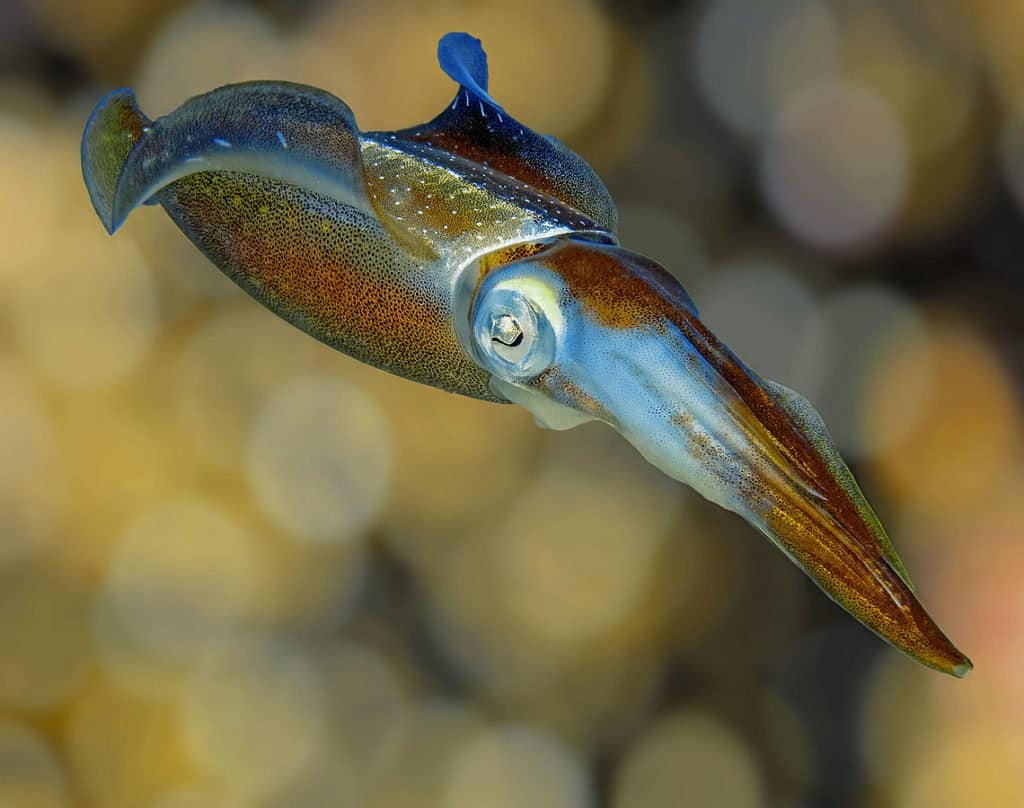We all know: cephalopods are intelligent, otherwise, and their nervous system can reveal many surprises.
A study carried out with magnetic resonance on the brain of the squid confirms how rich it is of nerve connections.
Using high resolution MRI and some coloring techniques, the researchers discovered and described nerve pathways in squid that were previously completely unknown.
“Cephalopods, a group that includes octopuses, cuttlefish and squid, have a brain complexity that is very similar to the brain of dogs and exceeds that of mice and rats, even in the number of neurons.” To say it is the neurobiologist Wen Sung Chung of the Queensland Institute in Australia.
“For example, some cephalopods have more than 500 million neurons, compared to 200 million in a rat and just 20.000 neurons in a normal mollusk.”
We all know that neural complexity does not necessarily correlate with intelligence as we know it: but we also know that dogs have very dense cerebral cortex. For this reason it is incredible to see how closely some cephalopods are related to them in this parameter and in terms of brain connections.
Squid brain, research
To obtain the first high-resolution map of the brain (better known as a connectome) of a black-finned squid (Sepo-Latin lexian) the team used two types of magnetic resonance imaging.
Several squid specimens were stained with silver dye or multicolored neural markers that allowed the researchers to map the neural pathways.
These techniques allowed them to confirm over 99% of the 280 important routes already identified. They also identified 145 new pathways: more than 60% of them are related to the visual and motor systems. They could help us understand the camouflage abilities of these interesting beings.
“We can see that many neural circuits are dedicated to mimicry and vision”he said Chung. “They are connected to the ability to hide from predators by various means, including dynamic color changes”.
Cephalopods, mysterious and fascinating
They don't technically see colors, but they seem to be able to perceive colors in other ways. Just see how they change their appearance to blend in with the color of the environment around them.
“This research may have found some of the pathways associated with this ability to transform,” says Chung.
This research is part of a long-term project to understand how the brains of cephalopods work, given the great difference with those of vertebrates.
Perhaps it is no coincidence that in the film "Arrival" the aliens visiting Earth were described as cephalopods. Deep down, in some ways they are. They seem to have evolved in a completely different way! This is why we need to free ourselves, in research, from the temptation to find similarities with our systems, or we will not understand anything about them.
Who knows, maybe the "first contact" with a species different from ours (probably with the help of an AI) we will do it with organisms that until now the laymen have only considered as frying.
The research was published in ISCIENCE.


